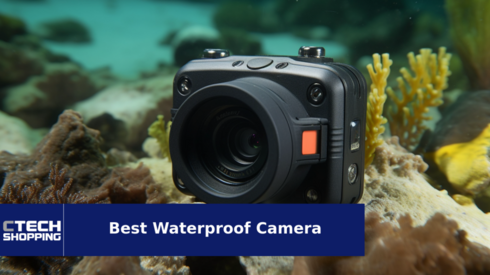
The Best Waterproof Camera of 2024 According to Camera Experts
The Best Waterproof Camera of 2024 According to Camera Experts
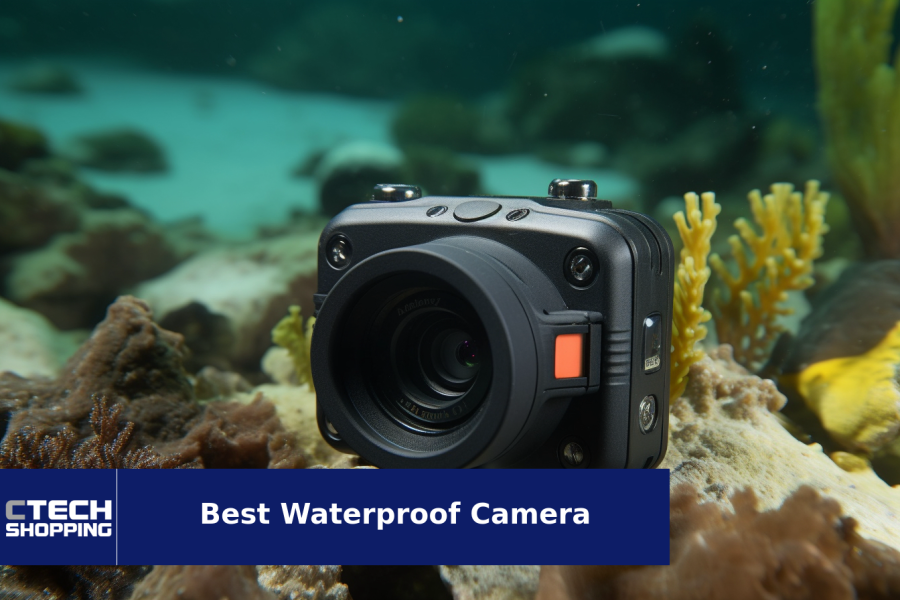
The reviews of the products in this article are created by a team of experts that is independent from CTech's editorial team. If you make a purchase through the links mentioned below, we may receive a commission.
Our Top Picks
To capture your most adventurous moments, a standard camera won't meet the cut. Waterproof cameras are your perfect companions if you love to explore the great outdoors, whether snorkeling in tropical waters, hiking in torrential rain, or just making a splash at the beach. Investing in a waterproof camera ensures you can document every thrilling experience without worrying about damage from water, dust, or accidental drops. This guide will explore the top waterproof cameras available on Amazon. So read on to find the perfect waterproof camera that suits your needs and helps you make the most of your adventures.
1 . GILAYGROW Waterproof Camera


This compact digital camera is specifically designed for snorkeling and can be submerged up to 11 feet underwater. With its dual screens, you can easily take selfies and capture the breathtaking beauty of the underwater world. The 48MP autofocus and 16X zoom ensure that every detail is captured precisely and clearly. The camera has a 64GB card, providing ample storage for underwater adventures. Plus, with two batteries included, you never have to worry about running out of power.
Pros
Exceptional detail & clarity underwater. Dual screen for selfies, Includes digital zoom, anti-shake, time-lapse shooting, and more
Cons
May be difficult to download pictures from the camera

2 . YISENCE Waterproof Camera
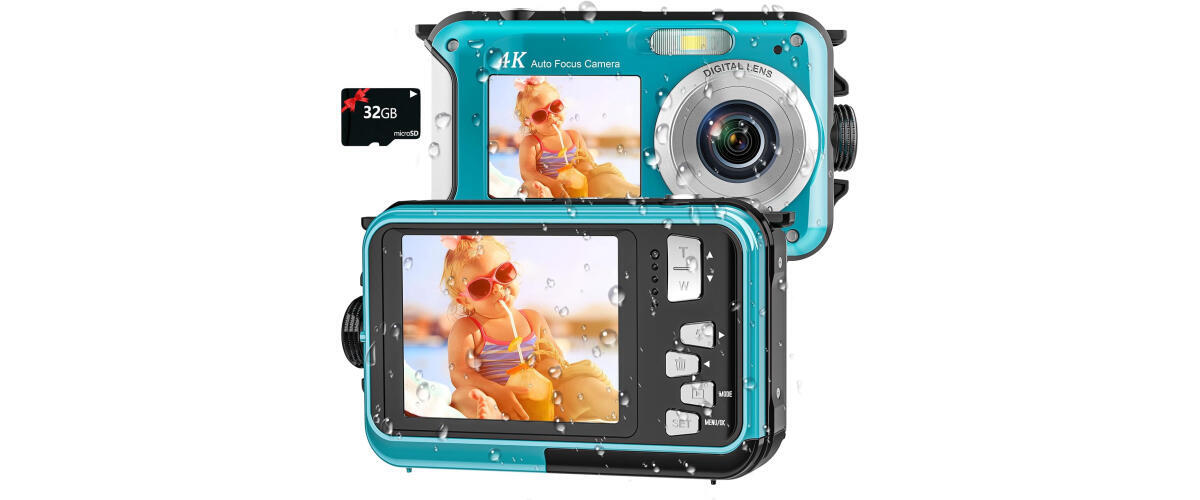

This compact and floatable waterproof camera is designed for snorkeling enthusiasts and adventure seekers. With its 11FT waterproof capability, you can dive deep and explore the underwater world without worrying about damaging the camera. Its 48MP autofocus dual-screen selfie feature allows you to take crystal clear photos and videos above and below the water surface. The camera also comes with a 32GB card, ensuring ample storage space for your underwater memories. Powered by a 1250mAh battery with Type-C charging, this camera offers long-lasting performance and easy recharging.
Pros
Easy-to-use auto-focus function, High-capacity 1250mAh battery for extended use, Dual screen floatable design
Cons
Maintaining charge may be difficult

3 . Ricoh Waterproof Camera
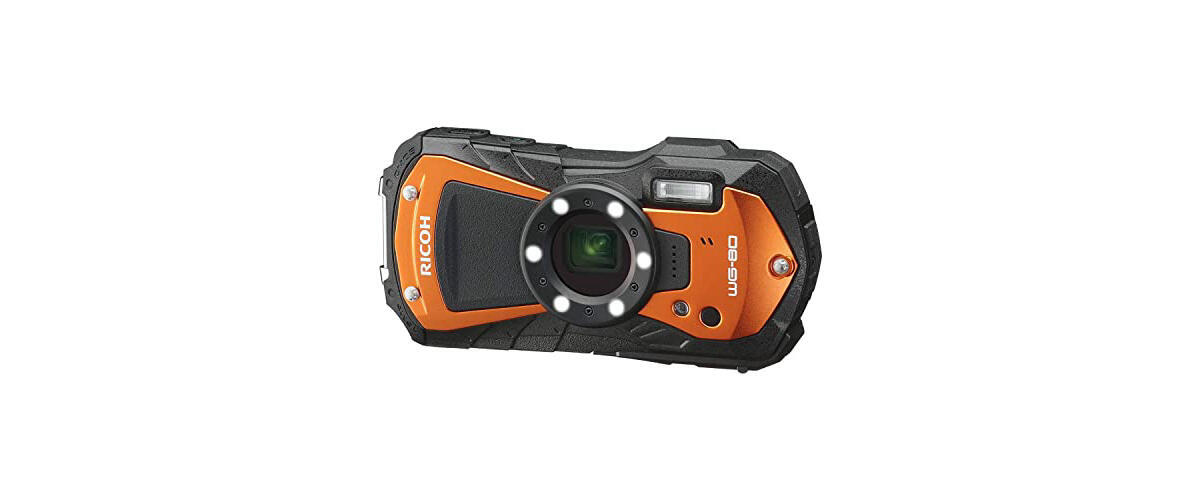

Boasting a rugged design, this waterproof camera can withstand water, shock, freezing temperatures, and even crushing pressures. It is perfect for outdoor enthusiasts and features a 16-megapixel CMOS sensor that delivers stunning, high-quality images and full HD 1080p video. With a 5x optical zoom and 28mm wide-angle lens, you can capture every detail of your surroundings. The camera also has a unique microscope mode, allowing you to get up close and personal with even the tiniest of creatures. Its large, easy-to-use buttons make it simple to capture the perfect shot, even while wearing gloves.
Pros
Shockproof, rugged design, Excellent high-sensitivity & low-noise image quality, Offers wide-angle coverage with optical zoom
Cons
USB port cover is awkward to open,

4 . Rawiemy Waterproof Camera
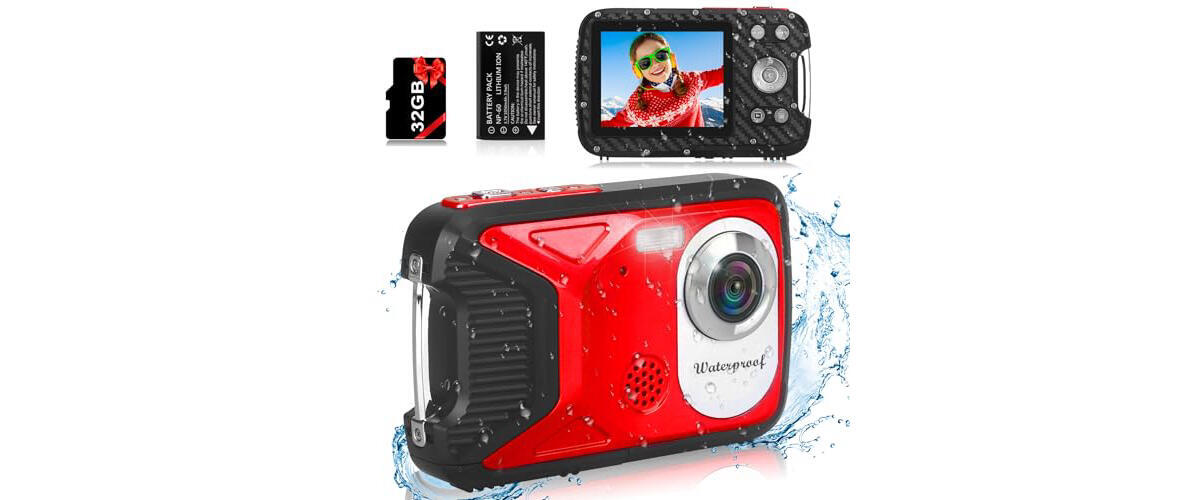

With its impressive 1080P HD resolution and 36MP image sensor, this waterproof camera produces stunningly clear and vivid photos and videos. It is equipped with a 32GB card so you will have plenty of storage space for all your media files. This compact camera is perfect for kids, teens, students, and anyone on the go, thanks to its lightweight and portable design. Its durable construction ensures it can withstand even the toughest of environments, whether you're exploring the depths of the ocean or trekking through the wilderness. The camera's point-and-shoot functionality makes it easy to use, even for beginners.
Pros
Captures high-quality images & videos, Includes 8x digital zoom, Compact design ensures portability
Cons
May not include instructions at all

5 . Dargahou Waterproof Camera
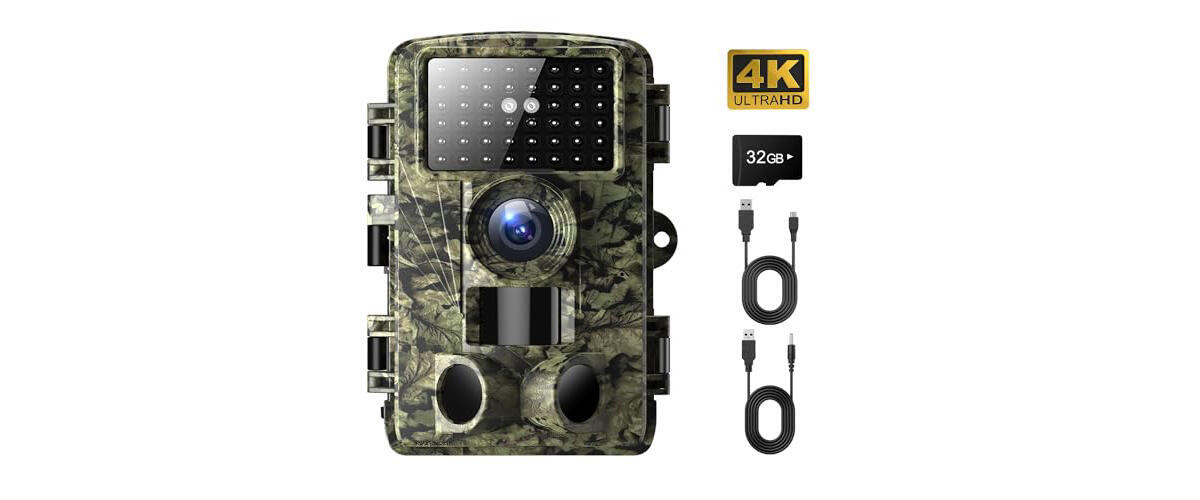

Featuring 48MP resolution and 0.05s trigger motion activation, this camera can capture every detail of the wildlife in your area without missing a beat. The camera's 130° wide-angle lens, combined with the 46pcs no-glow infrared LEDs, provides excellent night vision capabilities, allowing you to monitor wildlife even in complete darkness. The IP66 waterproof rating ensures the camera can withstand different weather conditions, making it ideal for long-term outdoor use.
Pros
Captures HD 4K video and 48MP images, Features 46 no-glow infrared LEDs, Can withstand harsh weather & outdoor conditions
Cons
Camera design makes it challenging to aim without opening the entire front

6 . OM System Waterproof Camera


With its tough exterior and freeze-proof design, this waterproof camera can withstand even the harshest environments. The high-resolution bright display ensures you can easily frame your shots and review them with exceptional clarity. With 4K video capabilities, you can capture every detail of your underwater adventures. Plus, with 44x macro shooting, you can get up close and personal with even the tiniest sea creatures.
Pros
Waterproof up to 15 meters, Extremely durable with high resolution results, Features advanced macro shooting
Cons
Higher price point

7 . Kodak Waterproof Camera – Pixpro WPZ2


This compact waterproof camera boasts a 16MP sensor and 4x optical zoom, allowing you to capture stunning details and vivid colors even in low-light conditions. With its 1080P full HD video capability, you can record every moment of your journey with incredible clarity and vivid color. The built-in WiFi lets you instantly share your photos and videos with family and friends, while the 2.7" LCD screen lets you preview your shots and easily navigate the camera's intuitive menu system. This shockproof, dustproof, and waterproof camera is the perfect companion for all your adventures.
Pros
Wi-Fi connectivity for easy sharing & vlogging, Records in 1080P quality videos, 4X optical zoom
Cons
Small 2.7" LCD

FAQ
Q: How do waterproof cameras maintain their waterproofing capabilities over time?
Waterproof cameras are designed with several features to maintain their waterproofing capabilities, even with prolonged use. These cameras have tightly sealed battery and memory card compartments with rubber gaskets that prevent water ingress. Their body is also typically made from materials like polycarbonate or reinforced plastics that resist water damage and corrosion. Some cameras have hydrophobic coatings on the lens and other external surfaces to repel water and reduce fogging. Manufacturers often recommend users to test the waterproof seals periodically. This can be done by submerging the camera in water without turning it on to check for leaks.
Q: Can waterproof cameras be used in saltwater environments?
A: Yes, waterproof cameras can be used in saltwater environments, but they require extra care due to the corrosive nature of salt. If you intend to use it in such an environment, make sure to always rinse the camera with fresh water immediately after using it in saltwater. This helps to remove salt and prevent corrosion. Ensure the camera is completely dry before opening any compartments to avoid water entering the internal components. Also check and clean the seals and gaskets, and apply silicone grease if recommended by the manufacturer to keep them in good condition.
Q: What is the difference between waterproof and water-resistant cameras?
A: The main difference between waterproof and water-resistant cameras lies in their ability to withstand water exposure. Waterproof cameras are designed to be fully submerged in water and can function at specific depths for extended periods. They are typically rated with an IP (Ingress Protection) rating that indicates their depth and duration limits. Water-resistant cameras, on the other hand, can handle light splashes, rain, or accidental exposure to water but are not designed to be submerged. They might have basic sealing but lack the robust protection of waterproof models.
Q: What should I look for in the image sensor of a waterproof camera?
A: The image sensor is a critical component that affects the quality of photos and videos. Look for cameras with CMOS or BSI CMOS sensors, which offer better performance in low light and faster processing speeds. Higher megapixel counts (e.g., 16MP, 48MP) provide more detail, but sensor size and technology are equally important for image quality. Also, consider cameras with good low-light capabilities, as underwater environments often have less light. Cameras that feature like larger pixel sizes and higher ISO sensitivity can improve performance in these conditions.
Q: How does the lens quality affect underwater photography?
A: The lens quality significantly impacts the clarity and detail of underwater photos. A larger aperture (e.g., f/2.0) allows more light to enter the camera, which is beneficial in the dim underwater environment. Similarly, a higher optical zoom (e.g., 4x, 5x) allows for close-up shots without sacrificing image quality. Anti-reflective and hydrophobic coatings can also help reduce glare and water droplets, improving image clarity.
Article Contributors
Kelly Knight
Kelly is a seasoned writer with an inside scoop on the latest news, tech, and product updates. She has over a decade of experience as an editor and writer. As a writer, she creates impactful content that resonates with the audience.
These product recommendations are designed to help you pick the best product for your needs.














